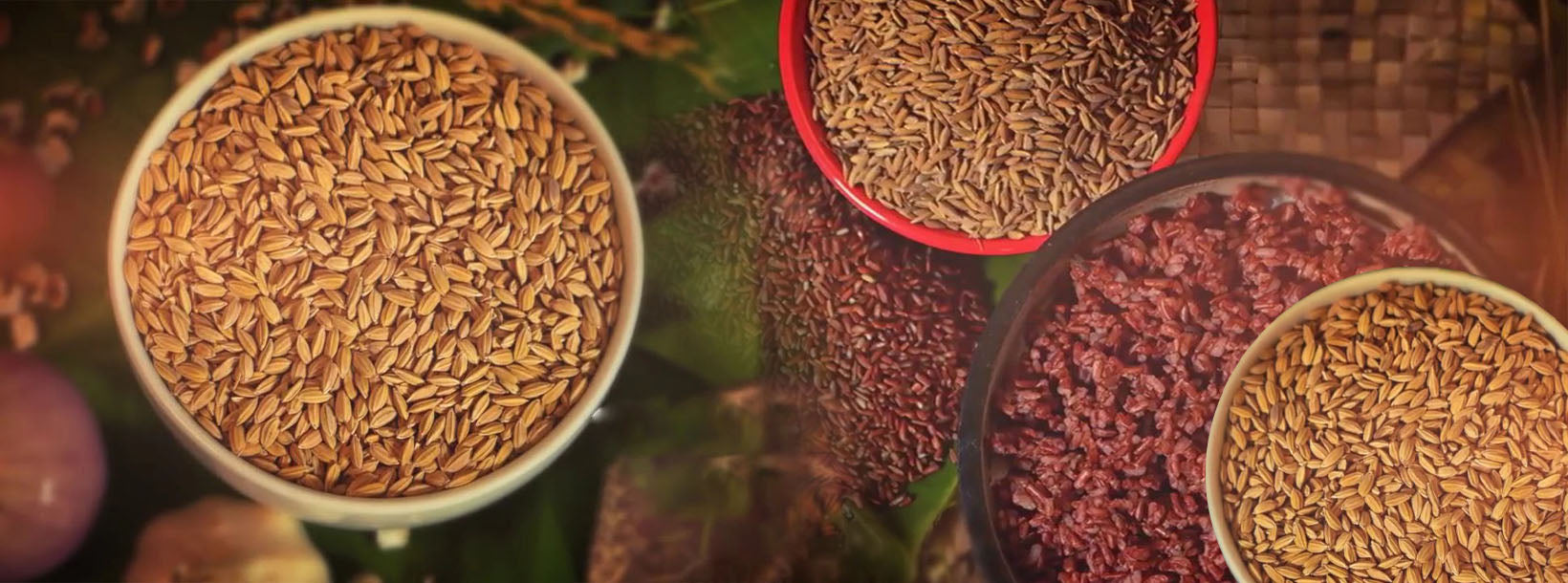
Riz traditionnel
La riziculture est étroitement liée à l'histoire et à la culture du pays, et les Sri-Lankais pratiquent un mode de vie basé sur l'agriculture depuis trois millénaires. D'après les témoignages historiques et archéologiques, la riziculture sur l'île remonte à 900-600 av. J.-C.
Riz traditionnel
Au Sri Lanka, le riz est cultivé depuis 800 av. J.-C., et cela est encore confirmé par d'immenses structures d'irrigation datant de 390 av. J.-C. Pendant cette période, le Sri Lanka était connu comme le grenier de l'Est, et l'existence d'environ 2000 variétés indigènes de riz a été signalée. Au début du XXe siècle, environ 567 variétés traditionnelles de riz avaient été documentées. Ces variétés s'étaient adaptées à diverses conditions écologiques de culture du riz, en haute altitude et en plaine, grâce à l'évolution naturelle et à la sélection non intentionnelle de nos ancêtres.
Comme les variétés traditionnelles avaient été mélangées en raison de la négligence des dirigeants étrangers, un processus de purification a été adopté par les scientifiques du Département de l'Agriculture dans les années 1920, et des lignées pures ont été recommandées pour la culture. Les variétés traditionnelles actuelles sont principalement le résultat de ces lignées pures. Ces variétés présentaient une diversité suffisante pour s'adapter aux différents environnements de culture du riz et aux préférences des consommateurs. Par conséquent, les variétés traditionnelles de riz possèdent une adaptabilité spécifique plutôt qu'une adaptabilité générale.
La plupart des variétés ont une longue durée de maturation de 4 à 6 mois, de l'ensemencement à la récolte. Très peu de variétés avaient une durée de maturation de 2½ à 3½ mois. La plupart des variétés traditionnelles de riz sont rouges et seules quelques-unes sont blanches en couleur de péricarpe. Certaines variétés traditionnelles sont très sensibles à la photopériode et ne fleurissent que lorsqu'elles sont exposées à des jours courts en décembre, de sorte qu'elles ne peuvent être cultivées que pendant la saison maha dans le pays. L'architecture traditionnelle des plantes est très primitive, avec des tiges hautes et faibles qui ont tendance à se coucher pendant la culture. L'indice de récolte des variétés traditionnelles est inférieur à 0,3, ce qui indique que le contenu en biomasse est supérieur à la quantité de grains produits par une plante, ce qui conduit à de faibles rendements. L'adaptabilité spécifique, la résistance aux stress abiotiques et la résistance ou la susceptibilité unique à certains ravageurs et maladies majeurs sont rapportées dans les variétés traditionnelles.
Les propriétés nutritionnelles et médicinales de ces variétés sont reconnues dans les connaissances traditionnelles sri-lankaises. Ces propriétés sont diverses et incluent la capacité à améliorer le système immunitaire, la force corporelle et la vigueur sexuelle, à faciliter la digestion, l'excrétion et à réduire les toxines dans le corps, ainsi qu'à traiter la fièvre, le diabète, la constipation, les problèmes urinaires, l'obésité, la tuberculose, l'hématémèse (vomissement de sang) et à soigner les personnes intoxiquées par le venin de serpent. Les recherches menées ces dernières années ont scientifiquement validé certaines de ces affirmations traditionnelles et ont clairement montré que le riz traditionnel sri-lankais, en particulier le riz rouge, possède des propriétés médicinales bénéfiques contre l'inflammation, le diabète, le cancer, les maladies neurologiques, le cholestérol et le stress oxydatif. Ainsi, l'utilisation et l'application de ces ressources génétiques précieuses de riz traditionnel ou indigène dans le pays peuvent améliorer efficacement l'état nutritionnel et de santé de la population au Sri Lanka. De plus, l'énorme diversité existante dans les variétés traditionnelles de riz exige leur conservation et leur utilisation pour des améliorations futures afin de répondre aux besoins futurs en riz et peut également fournir des solutions aux problèmes agricoles et environnementaux du pays ainsi que du monde. Préservons donc notre trésor de variétés traditionnelles de riz, évoluées naturellement, pour assurer la sécurité alimentaire et environnementale future.
Téléchargements :
-
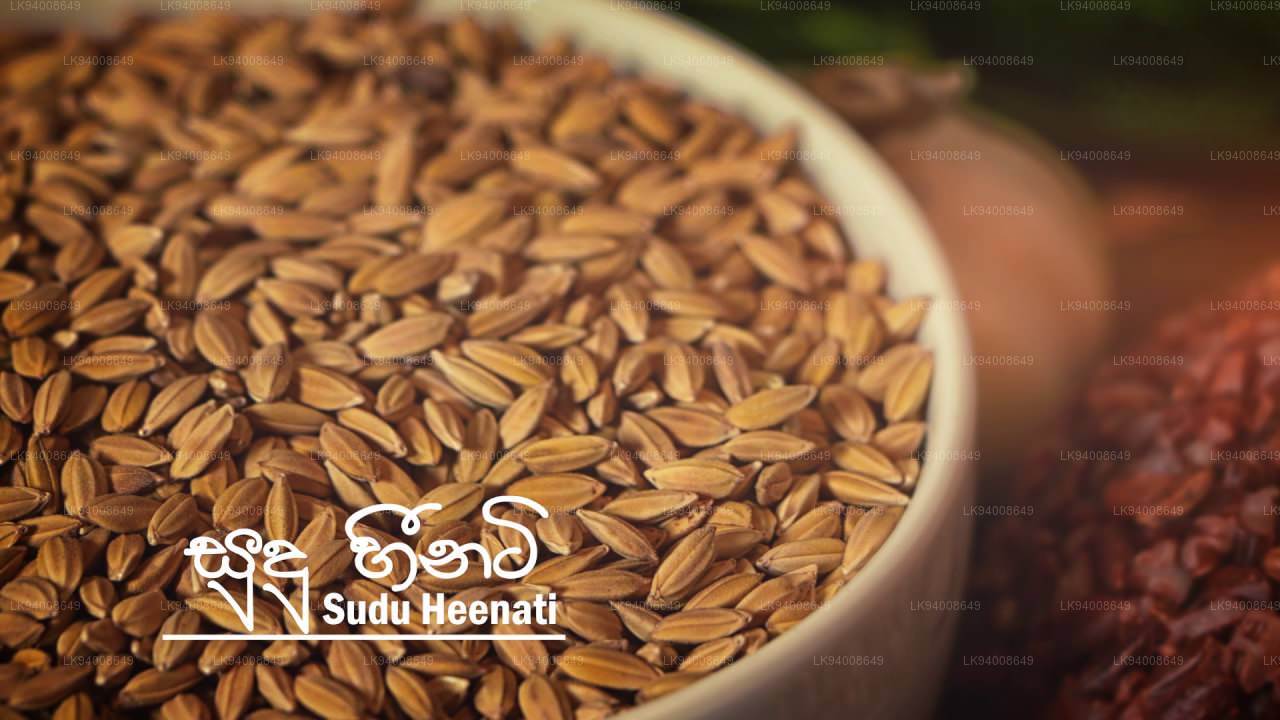 Sudu Heeneti
Sudu HeenetiPetite variété de riz blanc ancien, le Sudu Heeneti est très nutritif, riche en antioxydants et idéal pour les régimes médicinaux traditionnels sri-lankais. Sa texture est moelleuse et sa saveur douce et terreuse.
-
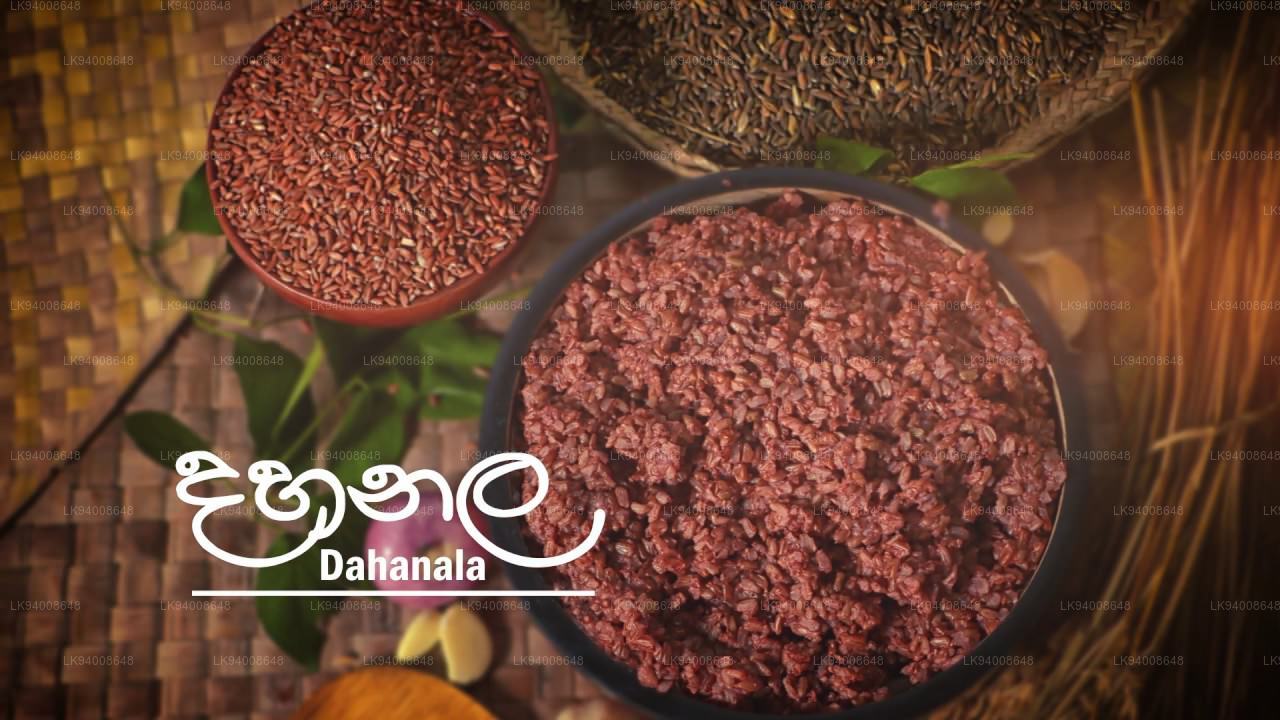 Dahanala
DahanalaLe Dahanala est un riz traditionnel rare, riche en nutriments et d'une teinte rougeâtre. Apprécié pour sa richesse en fibres et son goût doux et sucré, il est parfait pour les porridges et les repas sains.
-
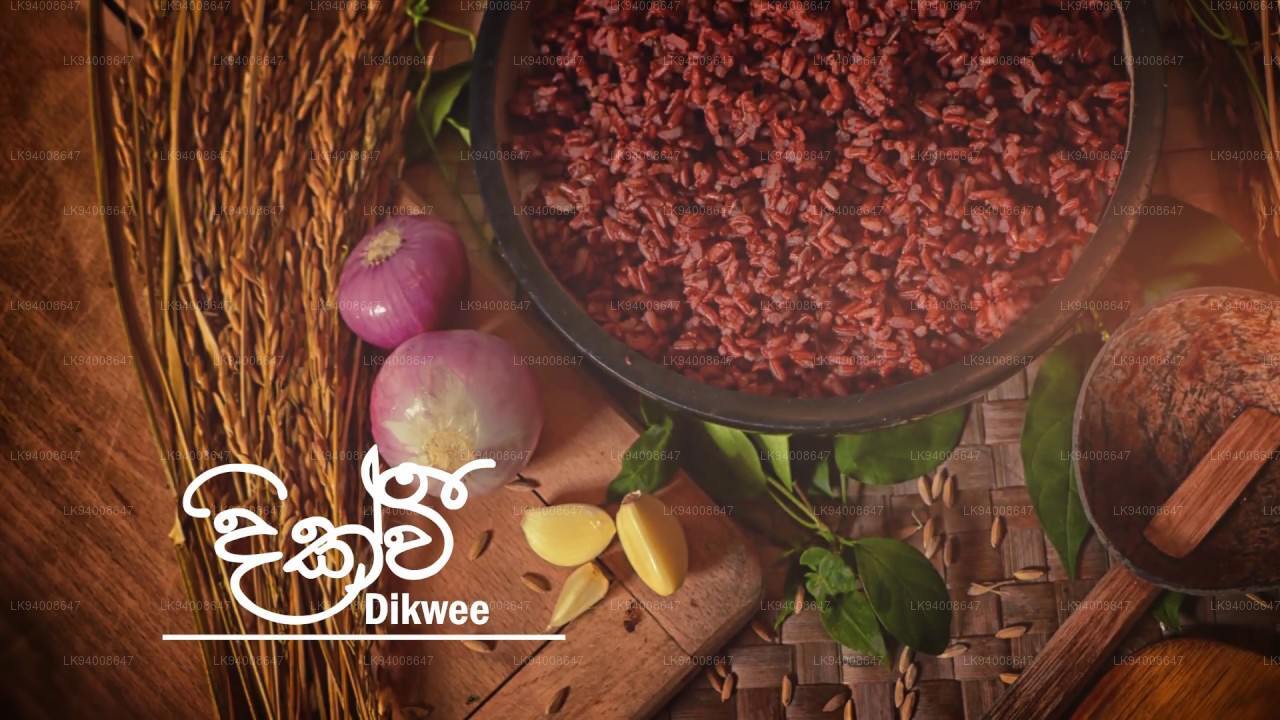 Dik Wee
Dik WeeLe Dik Wee est une variété de riz rouge à grains moyens traditionnellement cultivée au Sri Lanka. La plante atteint une hauteur maximale de 150 cm. Cette culture peut être récoltée entre 4 et 4 mois et demi après le semis.
-
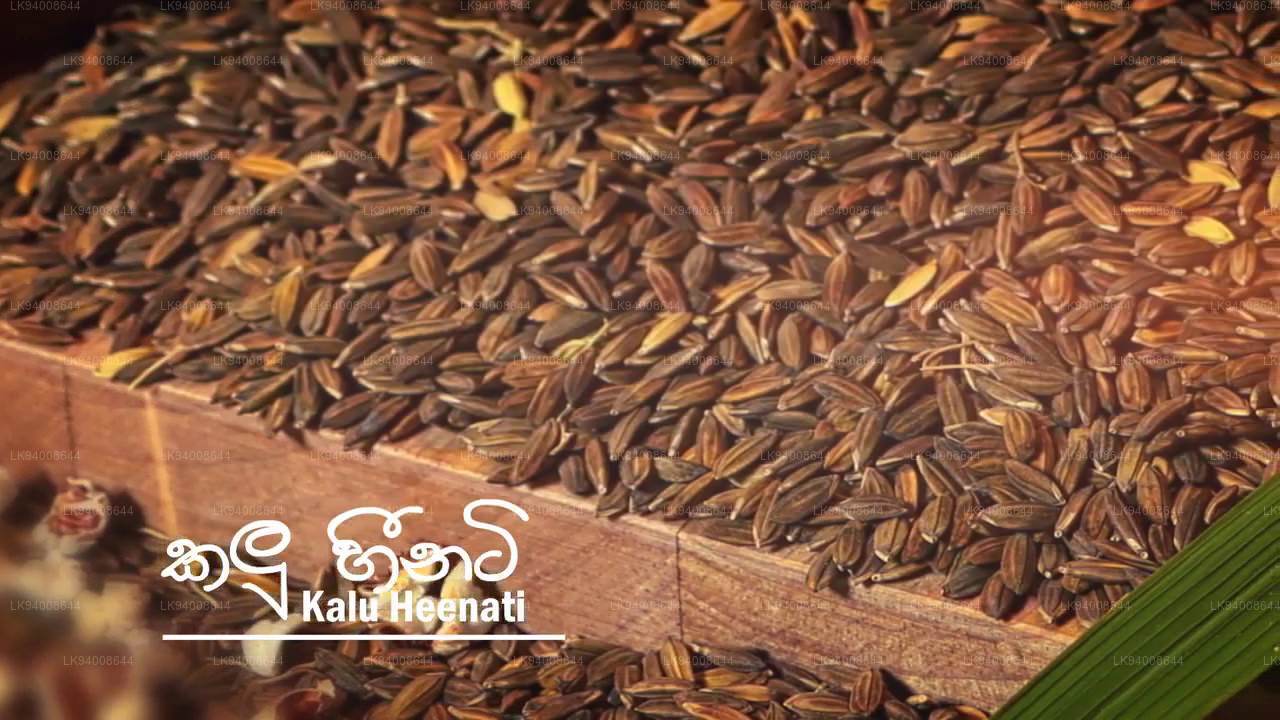 Kalu Heeneti
Kalu HeenetiCette variété de riz est nommée Kalu Heeneti en raison de la couleur de sa lemma et de sa paléa qui deviennent noirâtres à maturité. Elle est traditionnellement cultivée au Sri Lanka et produit un grain rouge de taille moyenne. La plante atteint une hauteur maximale de 120 cm.
-
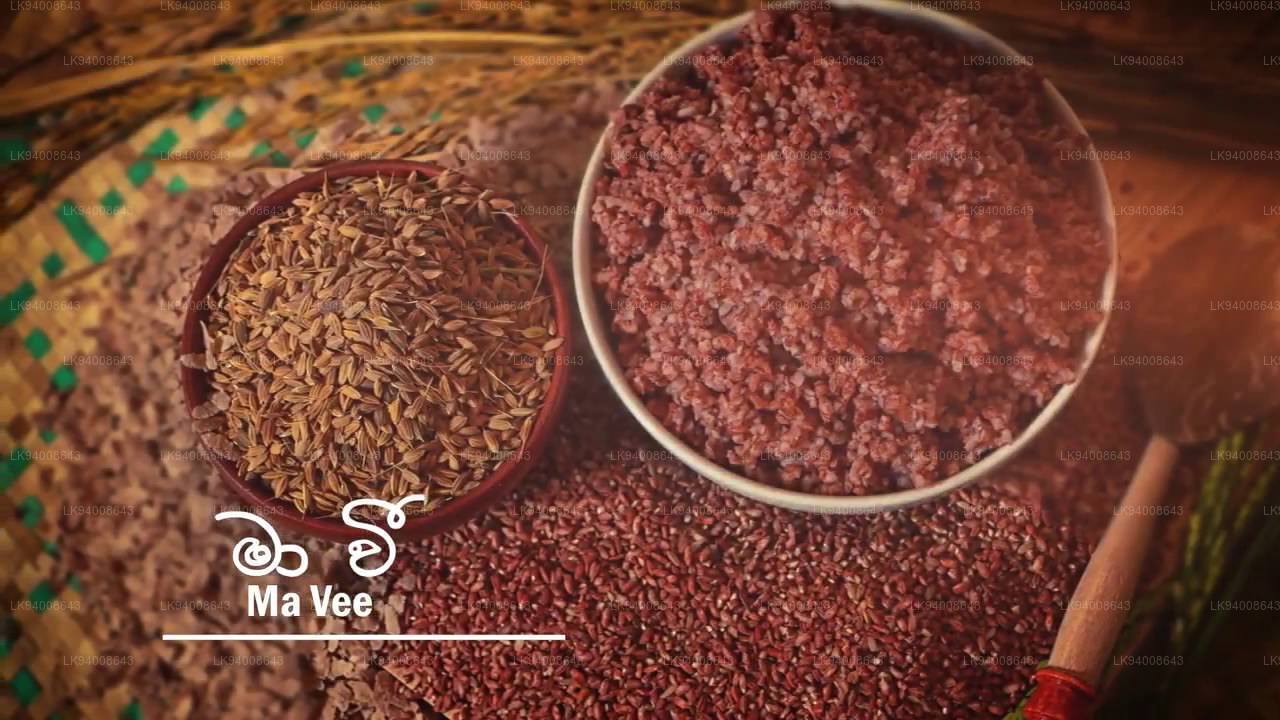 Ma Wee
Ma WeeLe Ma Wee est une variété de riz rouge traditionnellement cultivée au Sri Lanka. La taille et la forme de ses grains varient, allant des variétés courtes et rondes aux variétés longues et moyennes. C'est l'un des plus grands plants de riz cultivés, atteignant une hauteur maximale de 350 cm.
-
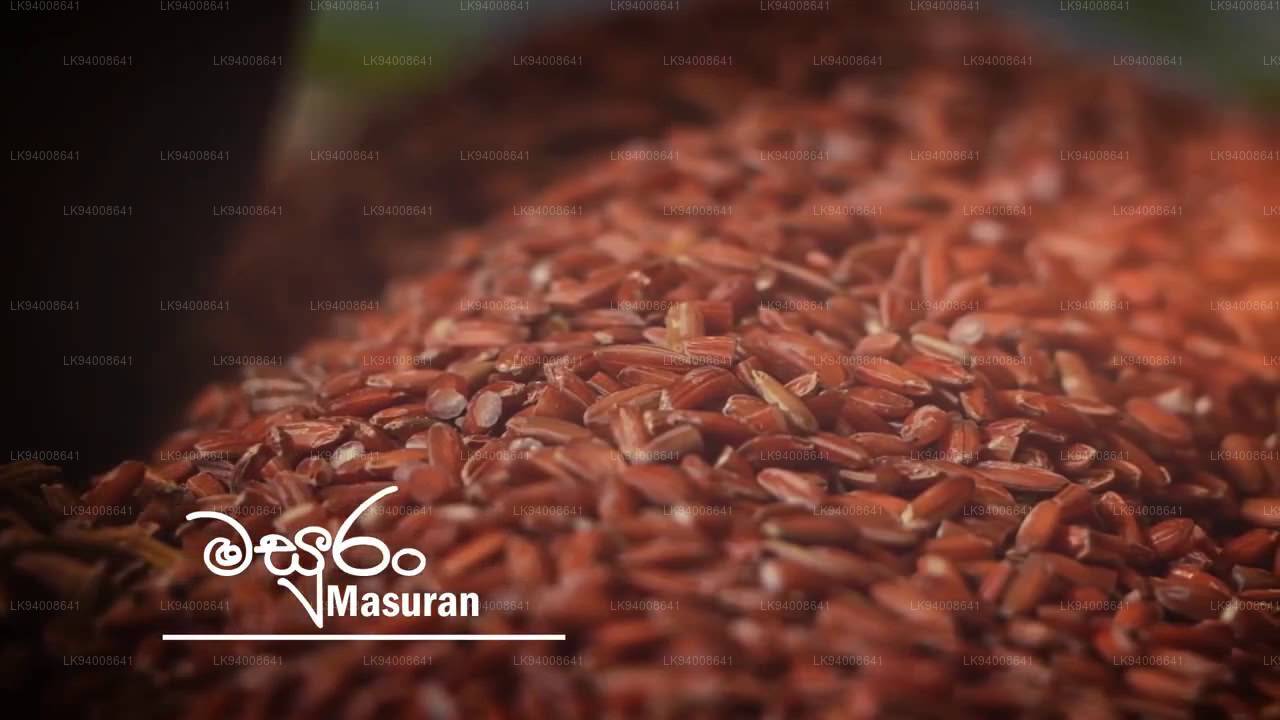 Masuran
MasuranLe Masuran est une variété populaire de riz rouge à grains moyens, traditionnellement cultivée au Sri Lanka. La plante atteint une hauteur maximale de 120 cm et est résistante à la verse. Cette culture peut être récoltée dans les 3 mois et demi suivant le semis pendant la saison Yala et dans les 4 mois et demi pendant la saison Maha.
-
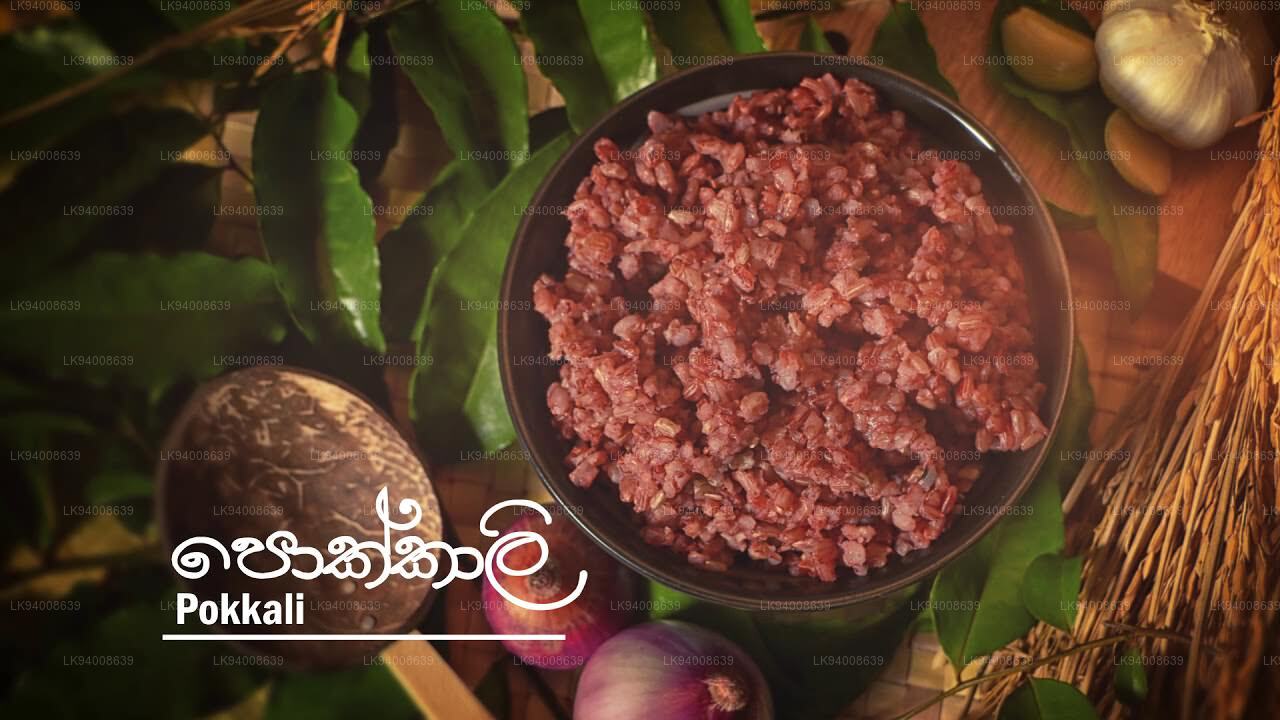 Pokkali
PokkaliLe Pokkali est une variété de riz rouge populaire, traditionnellement cultivée au Sri Lanka. Le chaume mesure environ 130 cm de haut et porte environ 10 talles par plant. Cette culture peut être récoltée dans les 3 mois et demi suivant le semis.
-
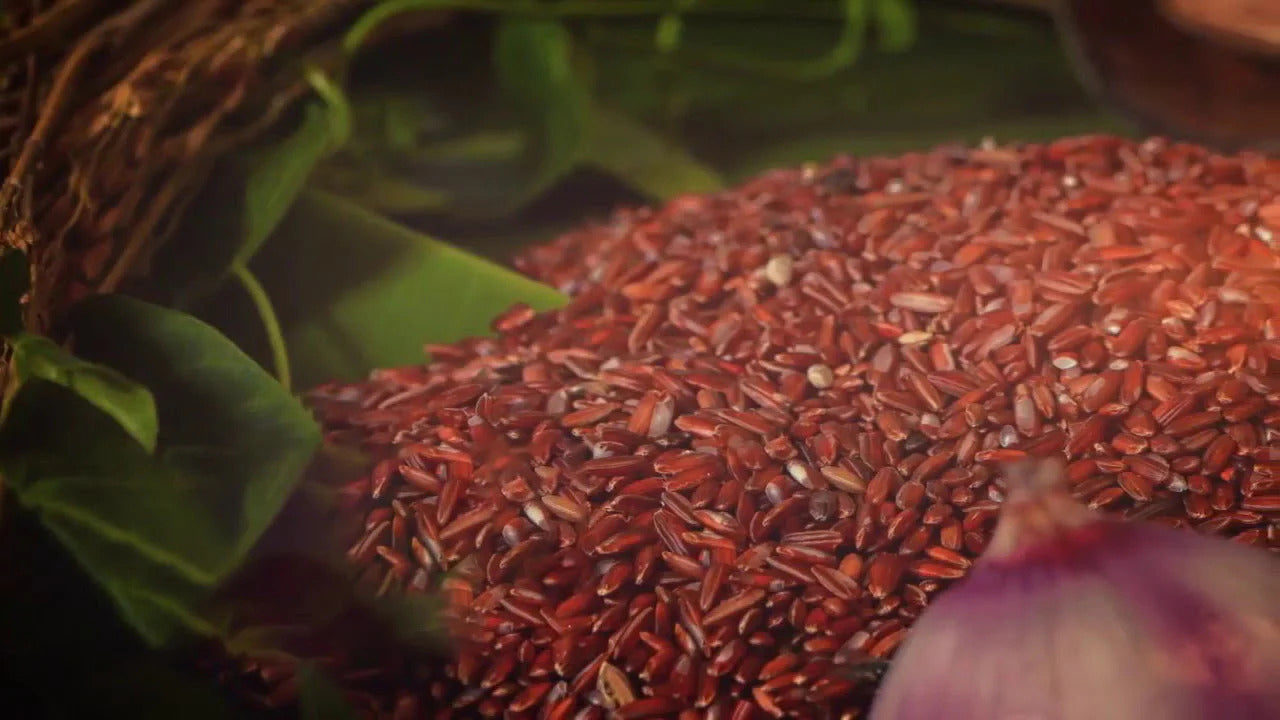 Pachchaperumal
PachchaperumalLe Pachchaperumal est une variété de riz rouge à grains moyens très populaire, traditionnellement cultivée au Sri Lanka. La plante atteint une hauteur maximale de 120 cm. La récolte peut se faire dans les 3 mois et demi suivant le semis. À maturité, la tige de la plante prend une teinte bleu clair.
-
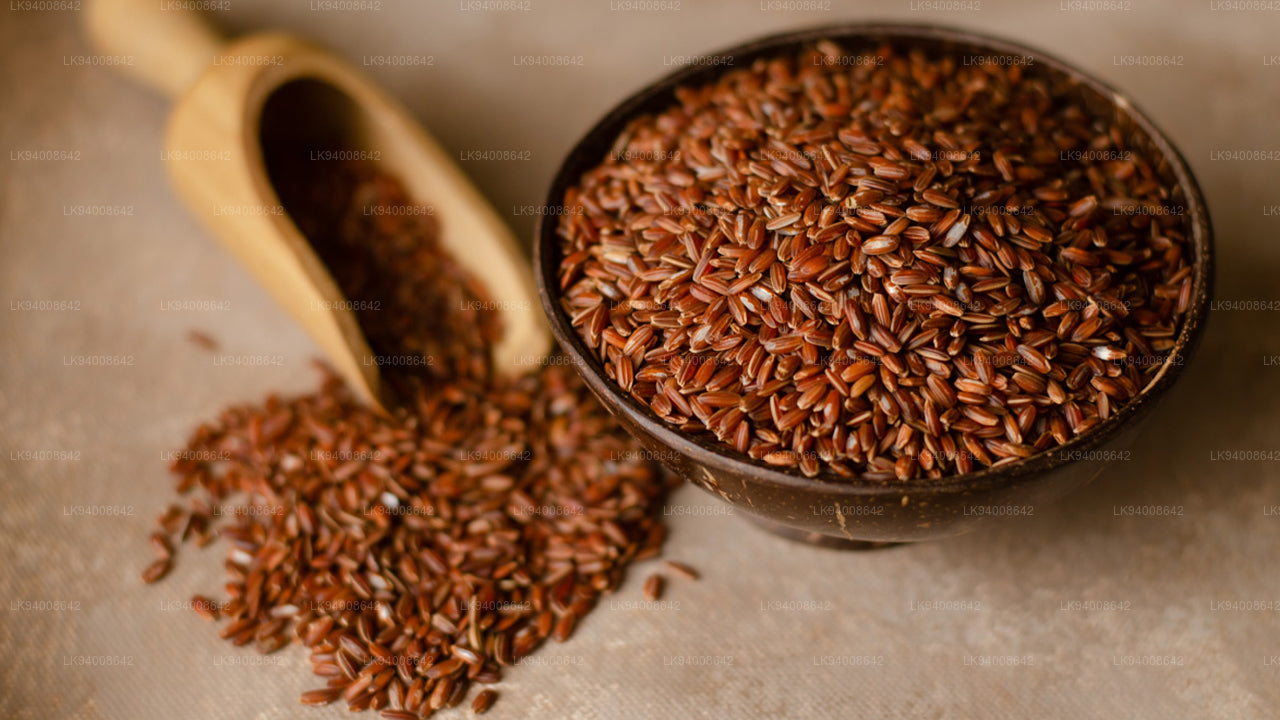 Madathawalu
MadathawaluLe Madathawalu est une variété de riz rouge à grains courts très populaire, traditionnellement cultivée au Sri Lanka. La plante atteint une hauteur maximale de 130 cm. Cette culture peut être récoltée dans les 4 mois suivant le semis.
-
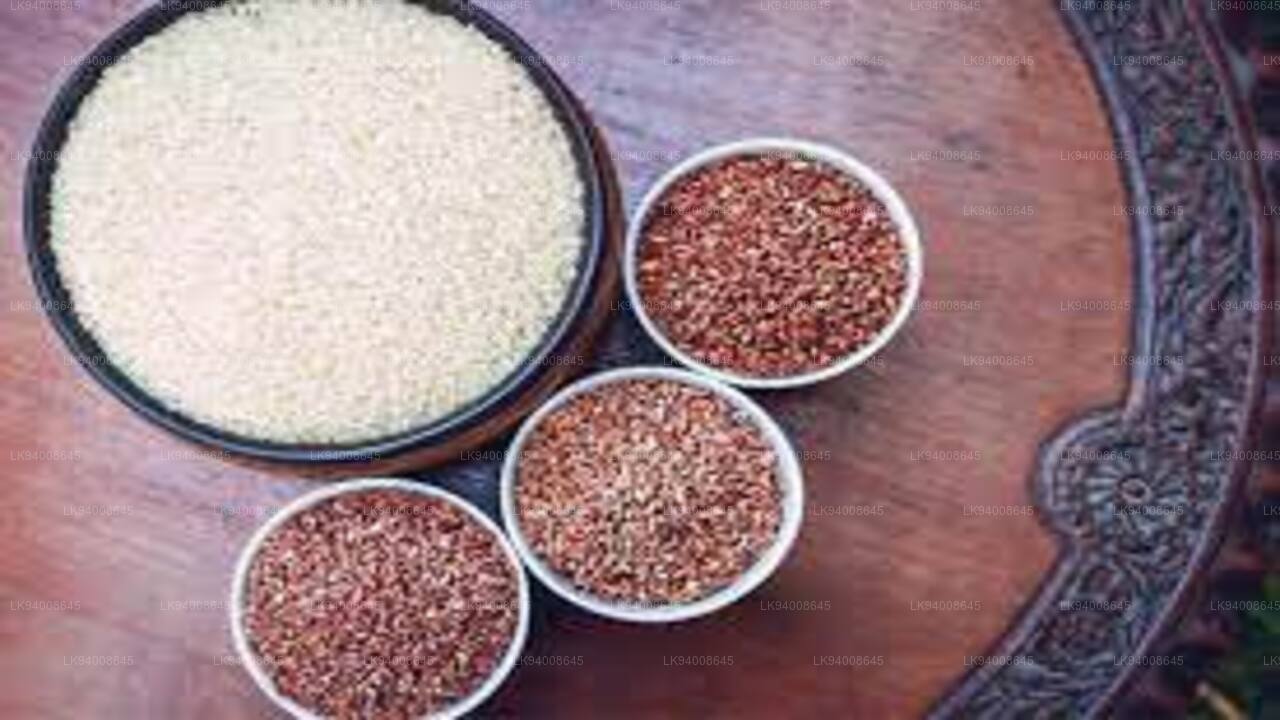 Gonabaru
GonabaruLe Gonabaru est une variété de riz à grains moyens populaire, traditionnellement cultivée au Sri Lanka. La plante atteint une hauteur maximale de 140 cm. Cette culture peut être récoltée dans les 5 mois suivant le semis.
-
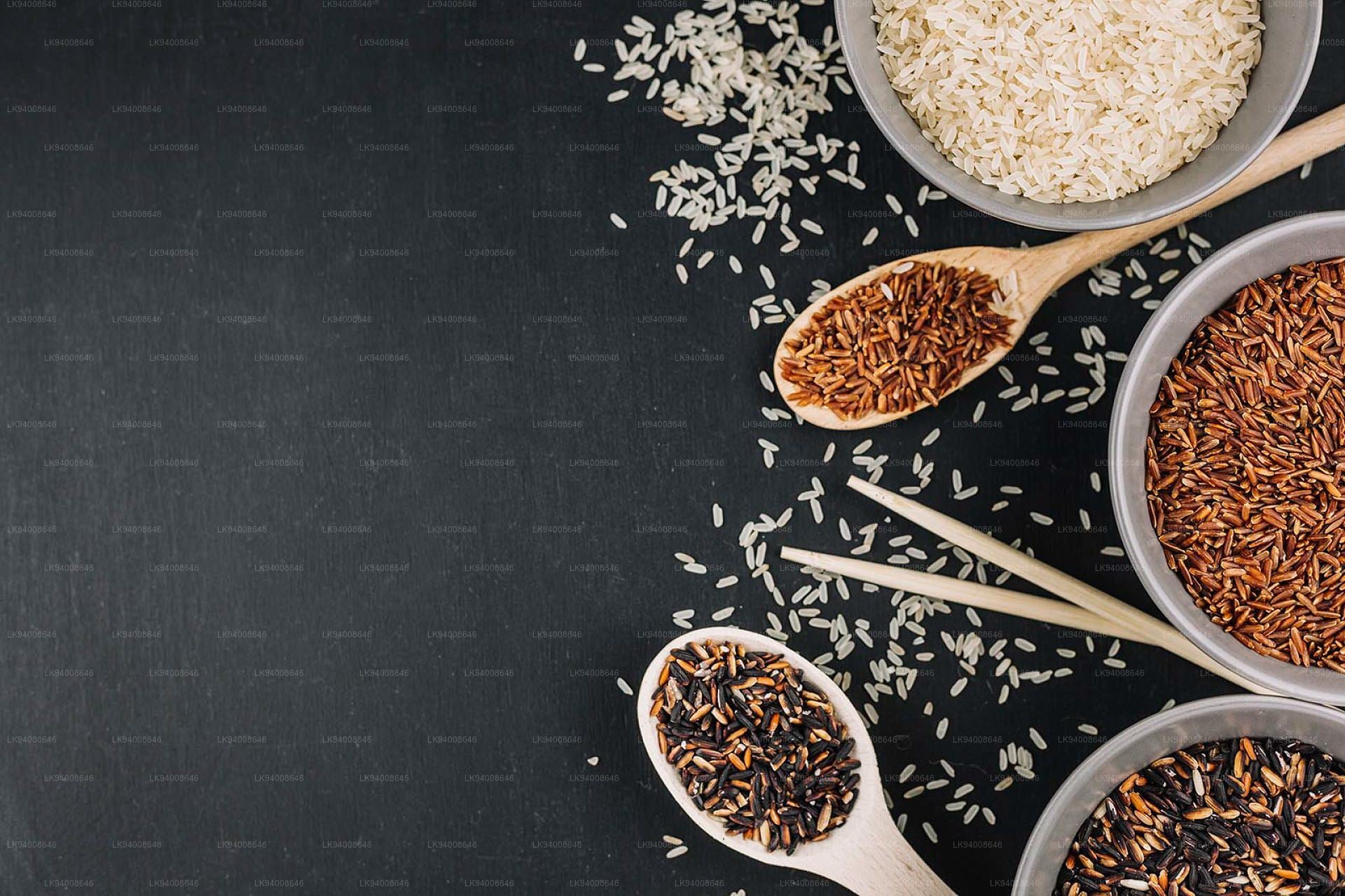 Goda Heeneti
Goda HeenetiGodaheeneti est une variété populaire de riz rouge à grains moyens traditionnellement cultivée au Sri Lanka, qui appartient au type heeneti. La plante se développe jusqu'à une hauteur maximale de 160 cm. Cette culture peut être récoltée dans les 3 mois et demi suivant le semis.
-
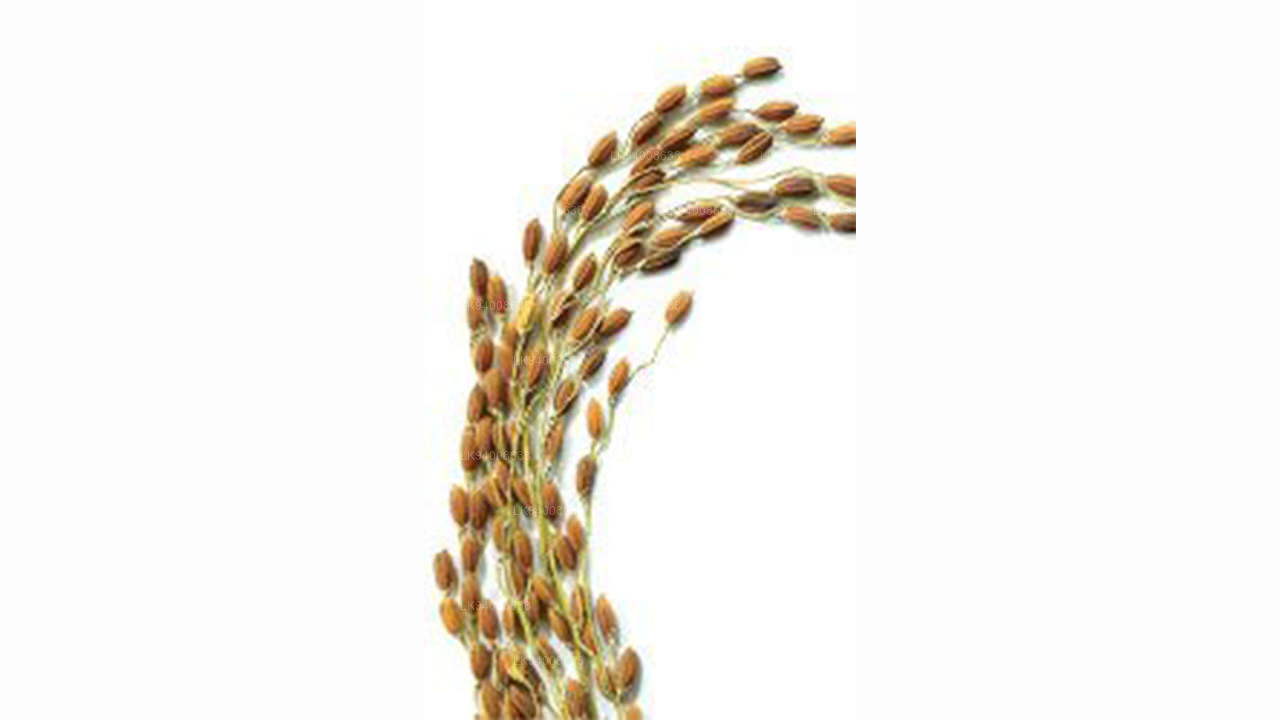 Rath Suwandal
Rath SuwandalLe Rathsuwandal est une variété populaire de riz rouge à grains moyens, traditionnellement cultivée au Sri Lanka. La plante atteint une hauteur maximale de 120 cm. Cette culture peut être récoltée dans les 3 mois et demi suivant le semis.
















